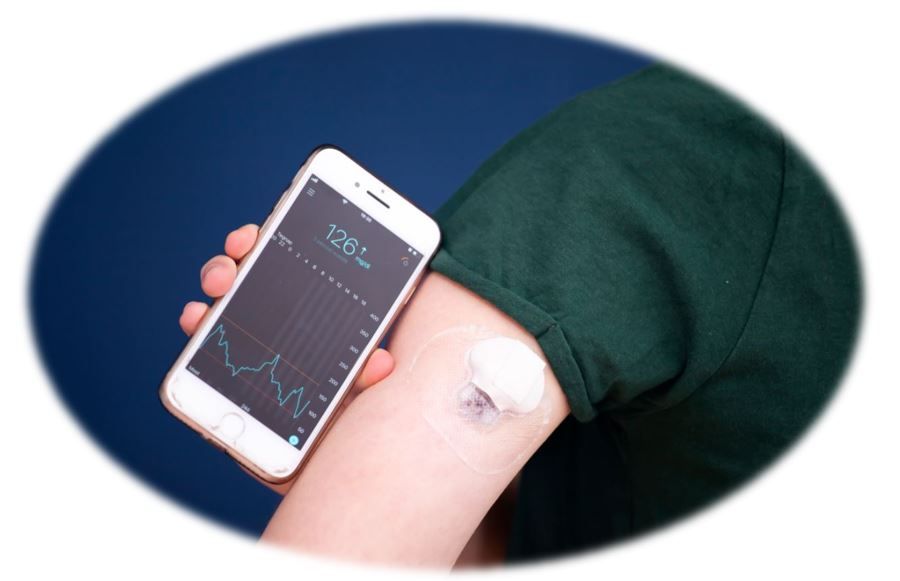- Clinical Technology
- Adult Immunization
- Hepatology
- Pediatric Immunization
- Screening
- Psychiatry
- Allergy
- Women's Health
- Cardiology
- Pediatrics
- Dermatology
- Endocrinology
- Pain Management
- Gastroenterology
- Infectious Disease
- Obesity Medicine
- Rheumatology
- Nephrology
- Neurology
- Pulmonology
Prototype of “Multi-tasking” Wearable Found to Continuously Monitor Glucose, Alcohol, and Lactate Levels
The wearable device allows users to monitor their health while also performing their regular daily activities.

Researchers have developed a prototype of a wearable device that continuously monitors glucose, alcohol, and lactate levels simultaneously in real-time.
Investigators at the University of California San Diego Center for Wearable Sensors described their device in a paper published online May 9, 2022, in the journal Nature Biomedical Engineering.
“This is like a complete lab on the skin,” said study co-corresponding author Joseph Wang, DSc, professor of nanoengineering, UC San Diego and co-director, UC San Diego Center for Wearable Sensors, in a press release. “It is capable of continuously measuring multiple biomarkers at the same time, allowing users to monitor their health and wellness as they perform their daily activities.”
The device can be worn on the upper arm and is approximately the size of a stack of 6 quarters, according to the press statement. The device is applied to the skin through a disposable Velcro-like patch of microneedles that are each approximately one-fifth the width of human hair. The microneedles scarcely penetrate the skin’s surface to sense biomolecules in interstitial fluid, so there is no pain for the user.
According to the study abstract, the device works with a custom smartphone app for data capture and visualization. The microneedle patch is connected to a case of electronics and be detached from the case for easy replacement. The electronic case is reusable and houses the battery, electronic sensors, wireless transmitter, and other electronic components. The wearable device can be recharge using any wireless charging pad used for smartphones and smartwatches.
Most commercial health monitors, eg, continuous glucose monitors for patients with diabetes, measure only one signal, the press statement notes, which can limit optimal disease management.
“With our wearable, people can see the interplay between their glucose spikes or dips with their diet, exercise and drinking of alcoholic beverages. That could add to their quality of life as well,” said co-first author Farshad Tehrani, a nanoengineering PhD student in Wang’s Laboratory for Nanobioelectronics at UC San Diego, in the press release.
Enzymes on the tips of the microneedles react with glucose, alcohol, and lactate in interstitial fluid. These reactions generate small electric currents that are analyzed by electronic sensors and sent wirelessly to the smartphone app, and results are displayed in real time on the app.
The team tested the wearable device on 5 volunteers who wore the device while exercising, eating, and drinking a glass of wine. The device continuously monitored the participants’ glucose levels simultaneously with either their alcohol or lactate levels.
Results showed that the glucose, alcohol, and lactate measurements closely matched the measurements taken respectively by a commercial blood glucose monitor, Breathalyzer, and blood lactate measurements performed in the lab, according to the press release.
“Further validation of the technology in large populations with concurrent validation of sensor readouts through centralized laboratory tests should determine the robustness and utility of real-time simultaneous monitoring of several biomarkers in interstitial fluid,” concluded Wang et al.
